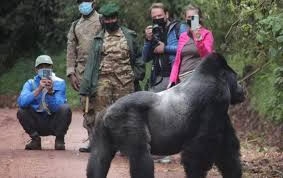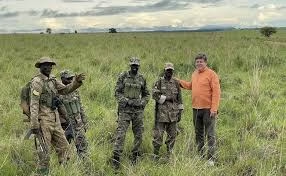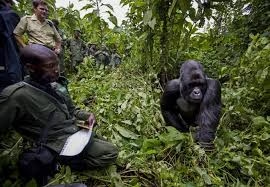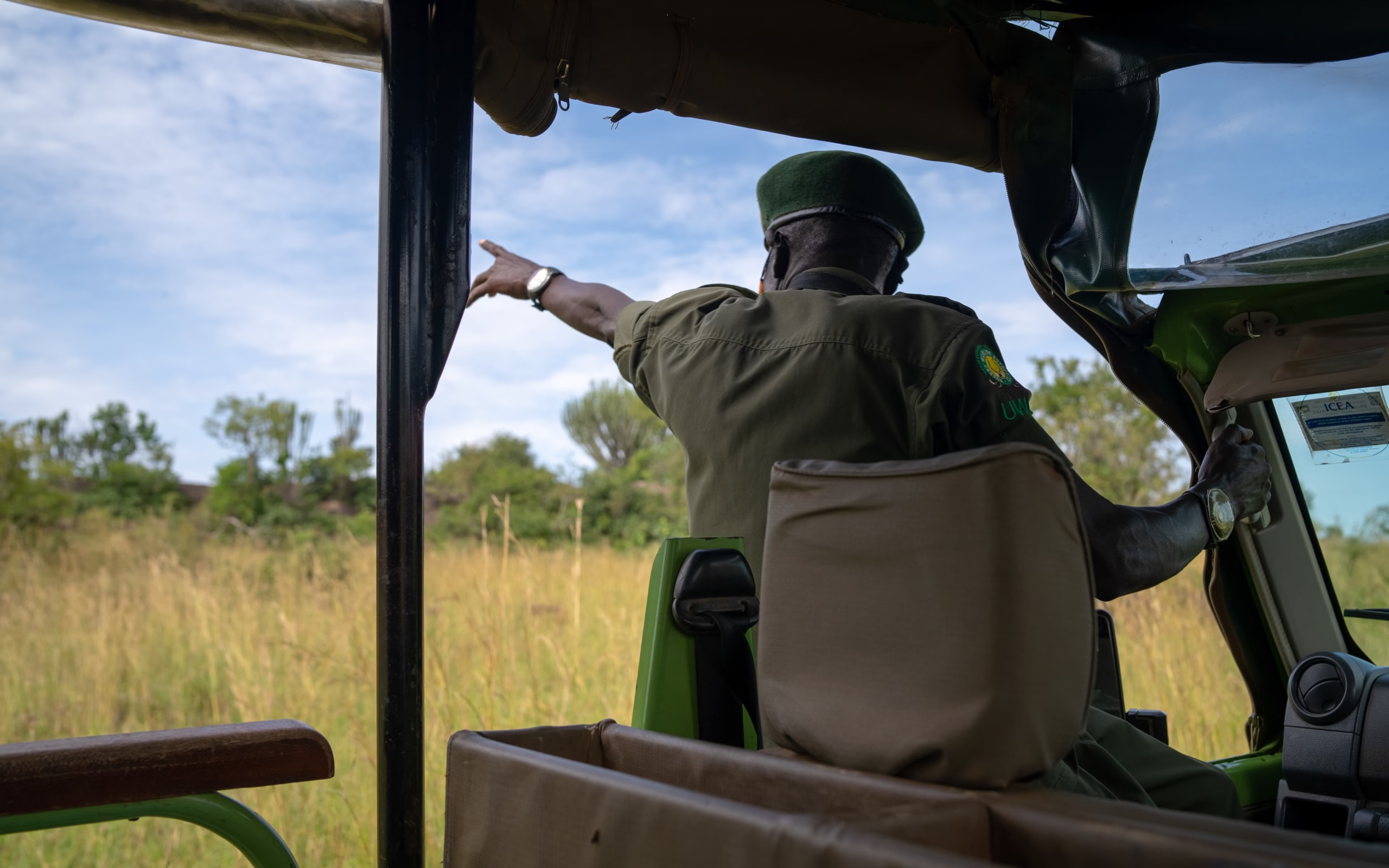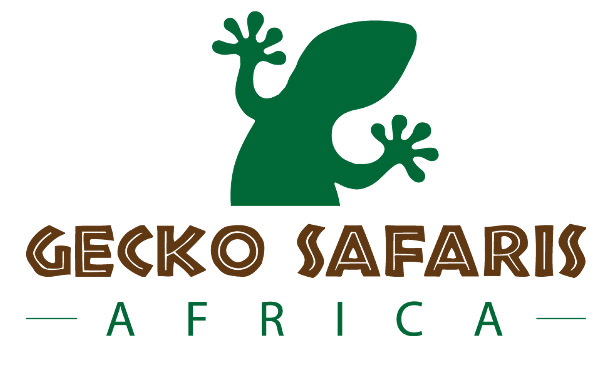Is It Safe to Go Gorilla Trekking in Uganda? gorilla trekking health precautions-safety tips for gorilla trekking-gorilla trekking safety protocols.
Is gorilla trekking in Uganda safe? Gorilla trekking in Uganda is an exhilarating and life-changing experience that many wildlife enthusiasts dream of. But, as with any adventure travel activity, safety is an important consideration.
So, is it safe to go gorilla trekking in Uganda? Let’s break down the safety aspects, addressing potential concerns and offering insights into how you can have a safe and enjoyable trek.
Is gorilla trekking in Uganda safe?
Yes, gorilla trekking in Uganda is generally very safe, especially when you follow the guidelines and recommendations in place. The safety protocols, expert guides, health precautions, and security measures all ensure that your adventure is as safe and enjoyable as possible.
By preparing yourself physically, following the rules, and respecting wildlife, you can have an incredible experience trekking through the forests of Uganda and witnessing the awe-inspiring gorillas in their natural habitat.
1. Gorilla Trekking Safety Protocols.
The safety of gorilla trekking is taken seriously by both the Ugandan government and the organizations involved in conservation, where strict guidelines were designed for the visitors safety and the animals as well.
Before embarking on your trek, you will be briefed by experienced guides who follow strict guidelines designed to protect both trekkers and gorillas.
- Guided Trekking: Treks are conducted with an experienced guide and armed ranger. These guides are highly trained in wildlife conservation and tracking, ensuring that your safety is prioritized.
- Limited Group Size: To minimize impact on the gorillas and ensure a safe experience for everyone, each trekking group is usually limited to 8 people. This also reduces the risk of spreading diseases to the gorillas, which is a critical concern.
- Health Regulations: In order to protect the gorillas from diseases such as the common cold or flu (which they are highly susceptible to), trekkers must be in good health. If you’re feeling unwell or have respiratory issues, you may be advised not to trek.
2. Physical Safety: The Terrain.
Uganda’s gorilla trekking takes place in the misty rainforests of Bwindi Impenetrable Forest and Mgahinga Gorilla National Park, both of which are remote, rugged locations with challenging terrain. Here are some factors to keep in mind regarding physical safety:
- Difficult Terrain: The trek can be physically demanding, with steep slopes, muddy trails, and dense vegetation.
- It’s important to be prepared for a physically strenuous hike, often lasting several hours.
- Guided Assistance: Your experienced guide will lead the way, helping you navigate the challenging terrain.
- Rangers are also available for extra support if needed, and they can help in case of an emergency.
- Footwear and Gear: Wearing proper hiking boots, comfortable clothing, and bringing essential gear like walking sticks (often provided), sunscreen, and insect repellent can help you stay safe and comfortable throughout the trek.
3. Wildlife Safety (The Gorillas).
While gorillas are generally peaceful and docile, they are still wild animals and should be treated with respect.
The good news is that gorillas in Uganda are habituated to human presence, which means they are more tolerant and accustomed to visitors. Here’s what you need to know:
- Respecting Distance: Uganda’s trekking rules require a minimum distance of 7 meters (about 23 feet) from the gorillas. This distance protects both you and the gorillas. The guides will ensure that you stay at a safe and respectful distance.
- Avoiding aggressive behavior: The guides and rangers will observe the gorillas closely, and if any signs of aggression appear, the group will be led away.
- The gorillas themselves are often calm, but it’s important to remain quiet, respectful, and avoid any behavior that could be seen as threatening.
4. Health and medical concerns.
Health and safety regulations are essential components of Uganda’s gorilla trekking experience.
There are a few medical precautions to consider before embarking on your trek:
- Vaccinations: While there are no mandatory vaccinations required for gorilla trekking, it’s always wise to ensure that you are up-to-date on general vaccinations such as Hepatitis A, Hepatitis B, Typhoid, and Tetanus. Malaria prevention is also recommended, especially if you plan to travel beyond the trekking areas.
- Altitude and Terrain: Some trekking areas are located at higher altitudes, which can be challenging for people with heart or respiratory issues. Be sure to consult a doctor before embarking on a trek if you have any medical concerns.
- Travel Insurance: It’s always recommended to have comprehensive travel insurance that includes medical coverage, especially for high-adventure activities like gorilla trekking. This can cover any potential emergencies or evacuation needs.
5. Security and political stability.
Uganda is generally considered a safe country for tourists, but like any travel destination, it’s important to stay informed about the current situation.
Uganda’s tourism industry has been thriving in recent years, and the government prioritizes the safety of its visitors.
However, it’s always good to check travel advisories from reliable sources before your trip.
- Peaceful and Stable: The areas where gorilla trekking takes place are generally peaceful.
- Bwindi and Mgahinga National Parks are located in remote, less populated regions, making them relatively safe and far from any political unrest or large urban centers.
- Guided Support: Armed rangers accompany each trek, ensuring that any security concerns in the surrounding areas do not interfere with your trekking experience.

